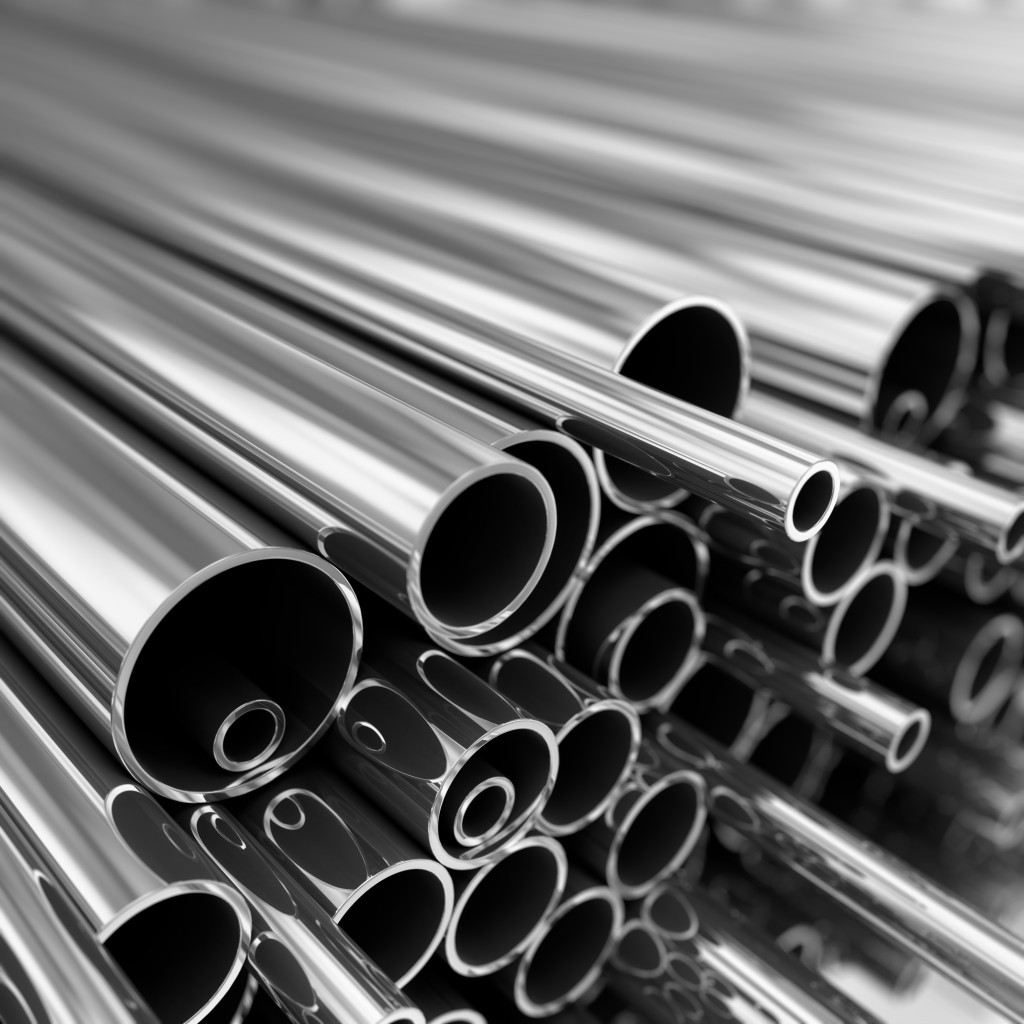• Investing in quality materials yields both immediate and long-term cost savings benefits.
• Using quality materials makes you appear reliable and trustworthy, helping to boost your reputation.
• Quality tools make work easier for employees, boosting morale and productivity.
• Stainless steel is a strong, durable, and corrosion-resistant material perfect for many business applications.
Saving money is a priority for any business looking to stay competitive, but sometimes the best way to save money is by investing more. Investing in quality materials can have a positive impact on your bottom line that pays dividends over the long term. Here’s a look at why it benefits your company and how it can help you save money.
The General Effects of Quality Materials
Investing in quality materials can make a big difference in the longevity of your products, services, and overall business. This is because they are designed to last longer, be more reliable, and stand up to wear and tear better than cheaper alternatives. Here are other benefits it also offers:
The Cost-Effectiveness
Investing in quality materials yields both immediate and long-term cost savings benefits. As mentioned earlier, high-quality materials are often more expensive upfront, but they tend to last longer than their cheaper counterparts.
This means that you can get more use out of them with less maintenance and repair costs, which adds up to significant savings over time. Additionally, if you can extend the life of your products or services, then you won’t need to invest as much into replacements down the line.
The Reputation Boost
Investing in quality materials comes with another benefit — boosting your reputation as a reliable provider of goods or services. People flock to businesses they trust, so having a good reputation is essential for success.
When customers know that you are offering reliable solutions made from quality components and materials, they will be far more likely to return when they need something else in the future or recommend you to others who do. That kind of word-of-mouth marketing goes further than any amount of advertising ever could.

The Positive Impact on Your Employees
Investing in quality materials can also positively impact your employees’ morale and productivity levels. Quality tools make their jobs easier and faster, saving them time, which can be put towards other tasks or projects.
Plus, high-quality supplies give employees peace of mind that their job will be done well without having to worry about subpar components breaking down or malfunctioning during production or service delivery processes.
The Winning Candidate: Stainless Steel
When investing in quality materials, stainless steel is one of the best options. It’s strong, durable, and corrosion-resistant — making it an excellent choice for any business looking to invest in long-lasting materials. Here are some factors to consider before investing in stainless steel:
Neutralizing Fluids
When investing in stainless steel materials, choosing the right neutralizing solution is an essential factor to consider. These fluids help neutralize the stainless steel’s pH and make it more resistant to rust and corrosion.
This helps to ensure that your investment lasts longer and remains in better condition for longer. Additionally, using the right solution can also help to improve the aesthetic appearance of the stainless steel, making it look more polished and professional.
The Right Grade
There are a few different grades of stainless steel available on the market, so it’s important to choose the right one for your project. The most common ones are 304 and 316, but there are others available too.
The grade you choose should depend on the specific requirements of your project, such as its intended use and environment. For example, 316 is best for marine environments because it is more resistant to corrosion from salt water. Meanwhile, 304 is better for indoor use and is generally considered the most cost-effective grade.

Thickness Needed
Another factor to consider is the thickness of the stainless steel. A thinner material will be less expensive, but it won’t last as long or be as durable over time.
On the other hand, thicker material will add more weight and cost more upfront, but it will also have a longer life expectancy so that you get more use out of it. It’s important to weigh these factors before making a decision.
Investing in quality components and materials might come with an initial cost, but it’s one that pays off handsomely over time—whether through lower maintenance costs, extended product lifecycles, improved customer satisfaction ratings, or increased employee productivity levels. Ultimately, the cost of investing in quality materials is minimal compared to the long-term benefits you’ll receive.




